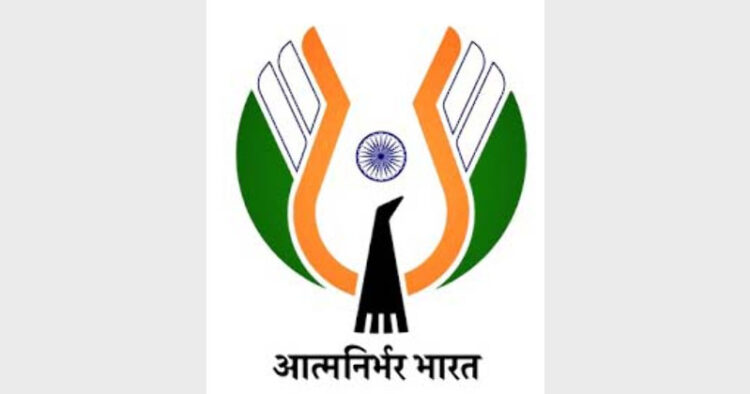It is wrong to presume that ‘Swadeshi’ concerns itself only with the goods or services. That is more an incidental aspect. Essentially, it concerns the spirit determined to achieve national self-reliance, preservation of national sovereignty and independence, and international co-operation on equal footing”. — Dattopant Thengadi, ‘Swadeshi is the practical manifestation of patriotism’, Organiser, December 26, 1993

A midst the Corona crisis, while announcing the financial package for various social sections and different economic sectors the slogan of Atma Nirbhar Bharat was raised. When Prime Minister Modi, in his Independence Day speech said, “A self-reliant Bharat has now become the mantra for 130 crore Indians. I believe in the nation, its people, our belief, our young citizens. We believe in Vasudhaiva Kutumbakam – The entire world is one family”, he actually provided substance to that slogan. Many sceptics and votaries of American (Market Capitalism) or Chinese (Sate Capitalism) versions of globalisation are considering this slogan itself as isolationist protectionism, hence regressive. If we go into the details of the sub-text, it is more a Swadeshi form of globalisation that protectionism.
From the beginning, Swadeshi was never about protectionism; it is about encouraging the domestic industries based on indigenous skills and resources. It is essentially a strategy employed by all countries, even under the WTO regime, in the form of tariffs and duties, to avoid uneven competition and more importantly exploitation by the big fish in the market. Before the British colonial rule, the way our domestic industries were flourishing due to indigenous technology and localised genius. Then also we were very much part of the global supply chain but on our terms. From processed metals to cloths, everything was supplied along with handicrafts in the global market from the eastern corner to the African coast. Those goods only attracted traders and colonisers to Bharat.
Another essential supplement that was working to the Swadeshi form of globalisation was the education system. The ingredients of spirituality and prosperity were interwoven in such a fashion that Nalanda, Takshashila, Vikramashila were centres of attraction for the global students. At the same time, local centres of education were supported by the society and religious institutions to encourage the local skills and optimum utilisation of resources.
Patenting based on geo-cultural context has been another feature of our Swadeshi Globalisation. From Banarasi Silk to Kanchipuram silk, all products were based on geographic specificities, local skillset and cultural uniqueness. That is why the cluster system is natural to Bharatiya production system.
Indeed, the same model cannot be replicated in today’s world. Investing in high-end technology that already exists elsewhere is also not a smart option. What is necessary is to correct the fundamentals of production and distribution system and creating a stimulating environment for indigenous research and invigorating the cluster-based ecosystem even in the technological field.
As the original proponent of this Swadeshi Globalisation, Shri Dattopant Thengadiji explained in his thoughts in the light of the Indic perspective, “Patriots are not against internationalism. Their plea for national self-reliance is not incompatible with international cooperation, provided the latter is on equal footing – with due regard to the national self-respect of every country.” He argued, “Genuine liberalisation and hegemonic globalisation can never go together. The Hindu concept of globalisation represents genuine Globalisation”. If the substance of Atma Nirbhar Bharat is understood in this context, then only we can put the substance in that slogan which is not necessary just for Bharat but for taking the entire humanity on the path of sustainable development.
@PrafullaKetkar













Comments